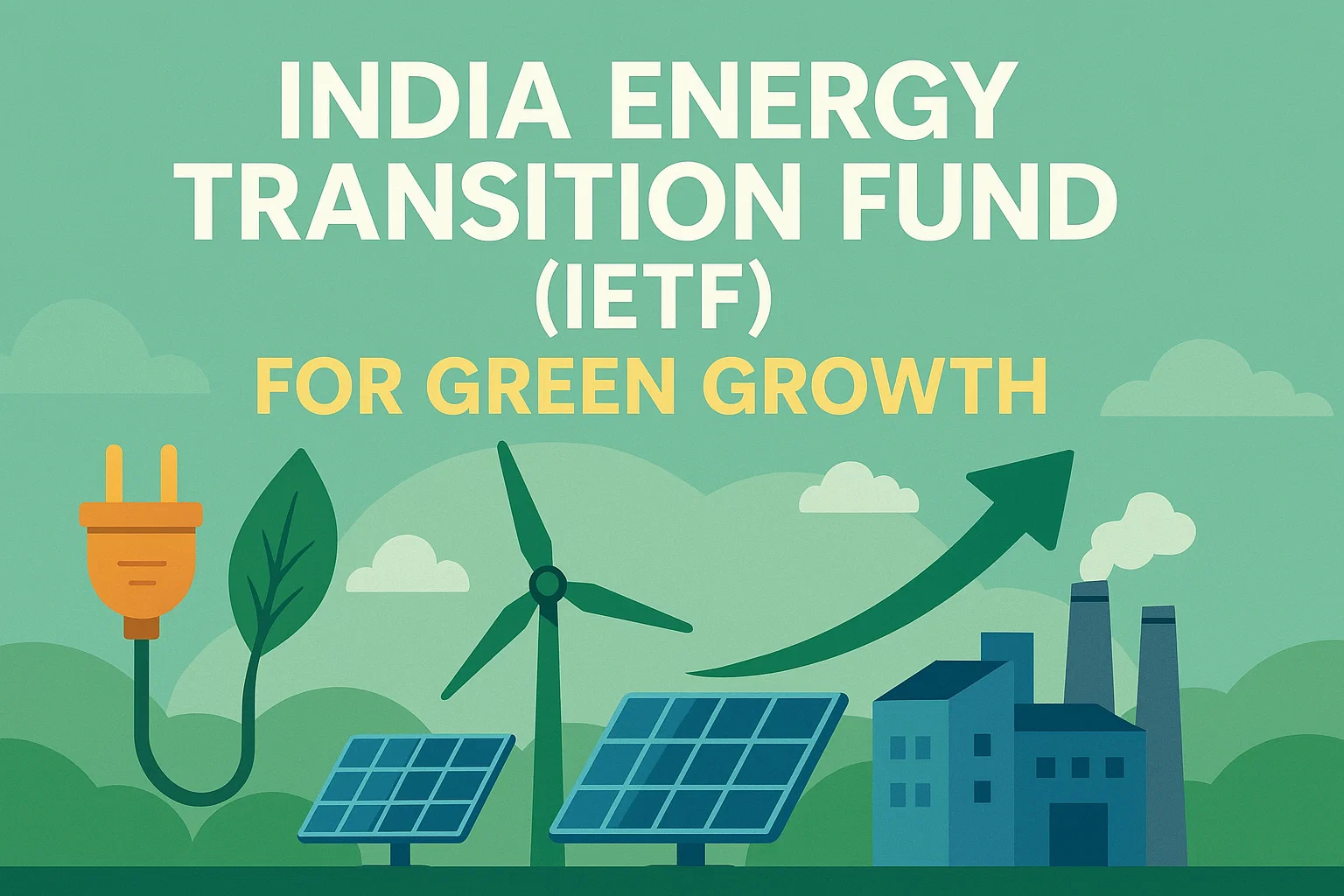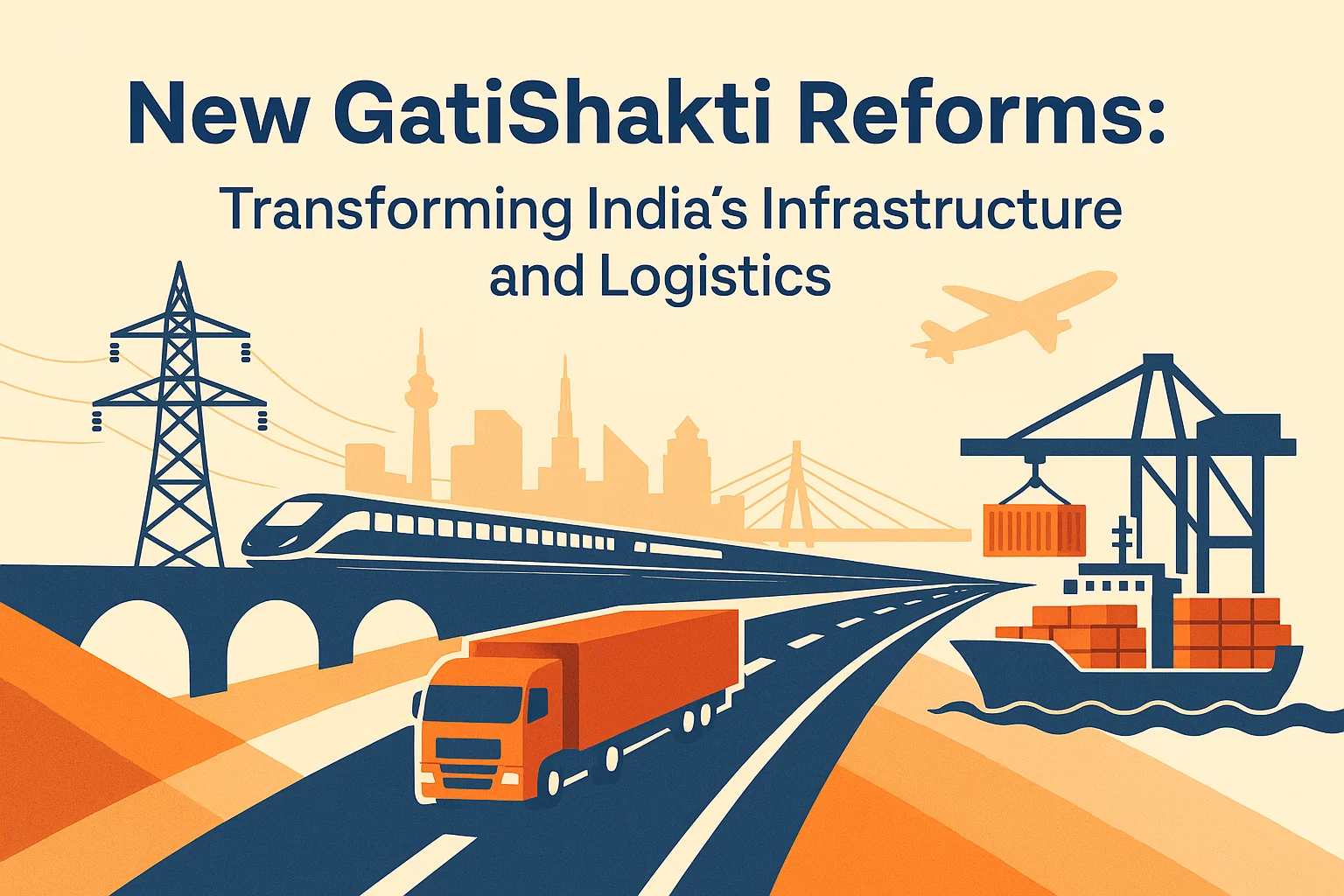Font size:
Print
India’s Export Promotion Mission
Context: Announced in the latest Union Budget, the government has initiated a focused Export Promotion Mission (EPM) with an initial allocation of ₹2,250 crore for the current fiscal year.
More on News
- The allocation includes ₹200 crore specifically for the Market Access Initiative (MAI) and ₹50 crore for promoting lab-grown diamonds.
- The mission will be operationalised through two umbrella schemes: Niryat Protsahan (for trade finance support) and Niryat Disha (for targeted export development initiatives), with a combined proposed outlay of ₹24,500 crore.
What is the Market Access Initiative (MAI)?
- Objective: The Market Access Initiative (MAI) is a flagship scheme of the Department of Commerce designed to provide financial assistance for export promotion activities with a sharp focus on gaining entry into new foreign markets and strengthening presence in existing ones.
- Key Activities: The scheme provides grants-in-aid for a range of activities, including: Conducting market studies and research, Participating in international trade fairs and exhibitions, Organising buyer-seller meets and export promotion events abroad, Supporting product registration and compliance with international standards and Launching publicity campaigns and branding exercises in target countries.
- Funding: With a dedicated allocation of ₹200 crore under the broader EPM, the MAI is a critical component for executing the “overseas market development” and “branding” objectives outlined in the Niryat Disha scheme.
How does it align with India’s Foreign Trade Policy 2023?
The Export Promotion Mission and its components are a direct operational extension of the principles and goals outlined in India’s Foreign Trade Policy (FTP) 2023:
- From Incentive to Remission: The FTP 2023 moved away from an incentive-based regime to a remission-based one, ensuring exporters are not disadvantaged by duties and taxes.
- The EPM’s Niryat Protsahan scheme, with its focus on interest equalisation and credit support, aligns with this by reducing the cost of export credit, effectively improving the working capital availability for exporters.
- Focus on Ease of Doing Business: The FTP emphasises streamlining processes through technology and collaboration.
- The EPM’s inter-departmental approach, involving Commerce, MSME, Finance, and agencies like ECGC, embodies this collaborative spirit to create a seamless ecosystem for exporters.
- Partnering with States: A key pillar of FTP 2023 is to engage states and Union Territories as active partners in exports. The EPM explicitly includes state governments in its implementation framework, ensuring a grassroots-level push.
- Promoting New Areas: The FTP identifies new areas like e-commerce and districts as export hubs.
- The EPM’s support for sectors like lab-grown diamonds (with a specific ₹50 crore allocation) and its focus on integrating more enterprises into global value chains through Niryat Disha directly support these initiatives.
How does it bolster India’s export basket?
The EPM is strategically designed to diversify and strengthen India’s export basket both in terms of products and markets:
- Product Diversification: By providing targeted support for export quality compliance (₹4,000 crore under Niryat Disha), the mission helps Indian products meet stringent international regulatory and quality standards, making new product categories viable for export.
- Market Diversification: The MAI and the overseas market development component (₹4,000+ crore) are crucial for reducing India’s export dependency on traditional markets.
- Competitiveness and Branding: Support for branding addresses the challenge of Indian products being perceived as low-cost. Building a strong “India brand” allows exporters to move up the value chain and command better prices, improving profitability.
- Inclusivity: The mission’s focus on bridging liquidity gaps (via Niryat Protsahan) and integrating more MSMEs into global value chains ensures that smaller enterprises, which are often the source of unique, niche products, can become robust exporters.


